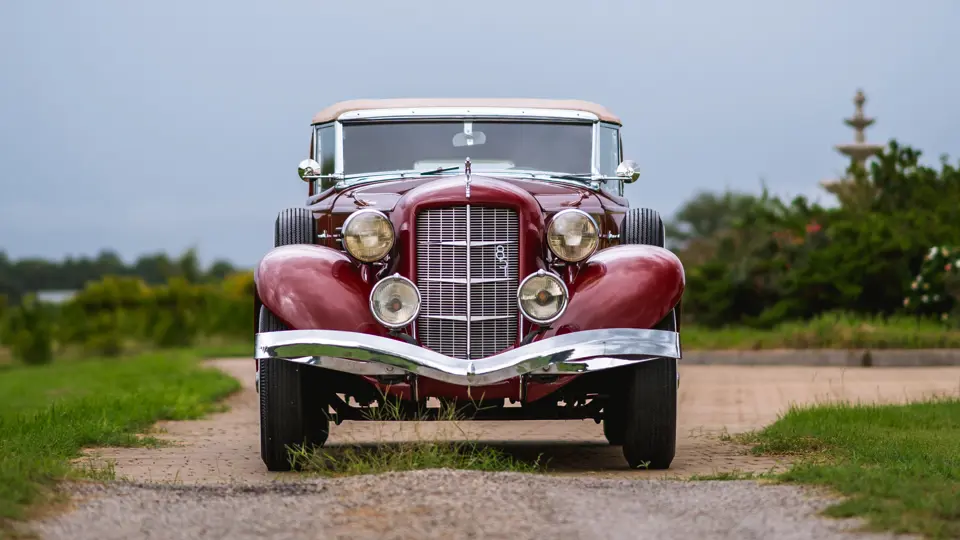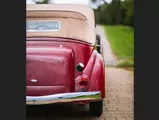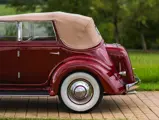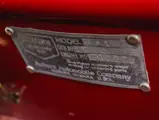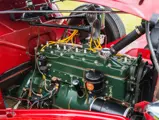
1935 Auburn 851 Custom Phaeton
{{lr.item.text}}
$82,500 USD | Sold
{{bidding.lot.reserveStatusFormatted}}
- Well-preserved following a previous restoration
- Striking maroon over tan leather color combination
- 280-cu.-in. Lycoming straight-eight; three-speed manual transmission
- Classic Car Club of America (CCCA) Full Classic
It is ironic that Auburn produced what many consider to be its ultimate masterpiece, the 851, in 1935—just as the end was drawing near. The company had invested heavily in the largely new Al Leamy designed 1934 models. Although they sold better than the 1933s had, they were not the salvation the company needed. Worse still, Harold Ames, right-hand man to E.L. Cord, founder and head of Auburn’s parent company, hated the look of the cars. As a result, Ames’ boss, Lucius Manning, decided Ames was just the man to solve the problem and sent him to Auburn, putting him in charge of the company.
With little money available, a completely new car was out of the question, so Ames called upon Gordon Buehrig, designer of the Cord Model 810. Buehrig devised a new grille and hood line and incorporated external exhausts for models whose engines were supercharged, a signature feature for 1935. The chassis was mostly carried over, albeit with some updates; power came from a Lycoming-built straight-eight engine. Range-topping models received a new supercharger designed by Kurt Beier from Schwitzer-Cummins. In addition, the trusted and durable Columbia two-speed rear axle was fitted, allowing lower gearing for quicker acceleration, combined with a higher final-drive ratio for improved top speed.
The supercharged Speedster became the flagship model, but there were five other body styles, which, when counted through permutations of six and eight cylinders, Standard, Custom, and Salon trim, resulted in 35 different variants. After the Speedster, the most distinctive of these is the Phaeton Sedan, such as the one offered here. Its four-door convertible body style featured roll-up windows and was available in all seven of Auburn’s lines.
This striking example is finished in maroon over a tan leather interior with a matching tan soft-top. Having benefitted from a previous restoration, the car presents remarkably well and with patina on the 280-cubic-inch Lycoming straight-eight and elsewhere. Inside the inviting interior, dashboard detailing offsets a stylish gauge cluster, which includes not only the speedometer and tachometer, but also a multi-gauge for fuel, oil, temperature, and amp levels. Mirrored opposite the gauge cluster on the passenger side is a clock inset into the glovebox door. Trippe headlights, dual, side-mounted spares, and wide whitewall tires mounted to color-matched wheels with polished covers complete the period-correct package.
Well preserved and beautifully presented following its previous restoration, this Auburn 851, with its gorgeous color scheme and capable powertrain, is an excellent candidate not only for showing, but also for Classic Car Club of America tours.





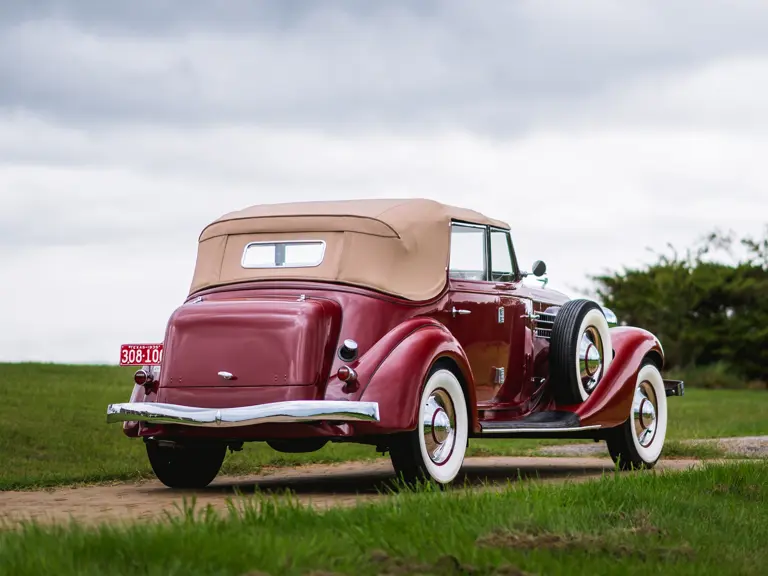



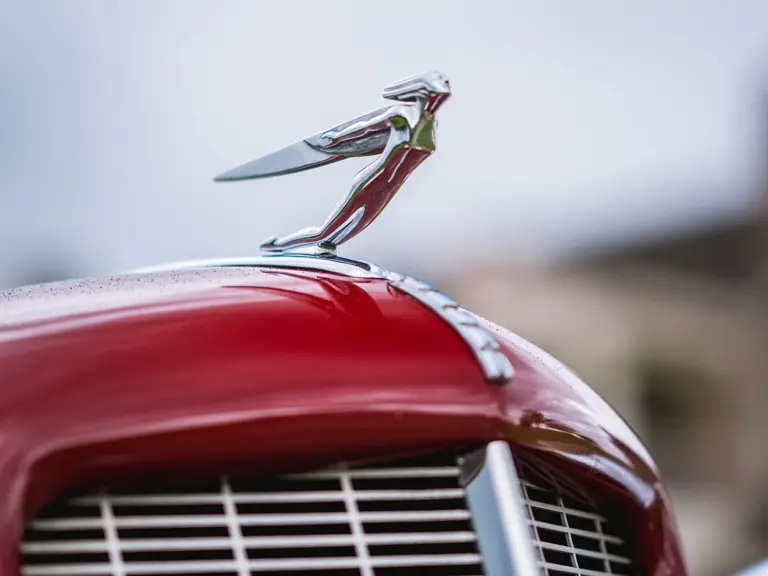



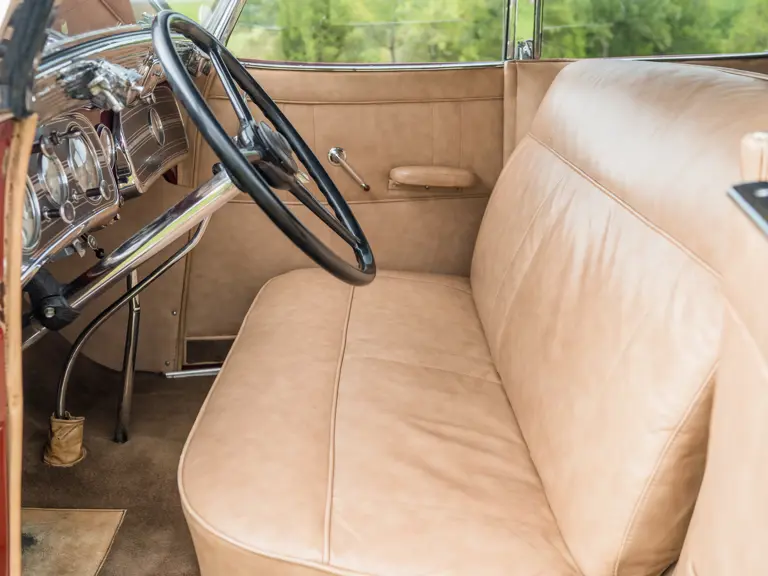

















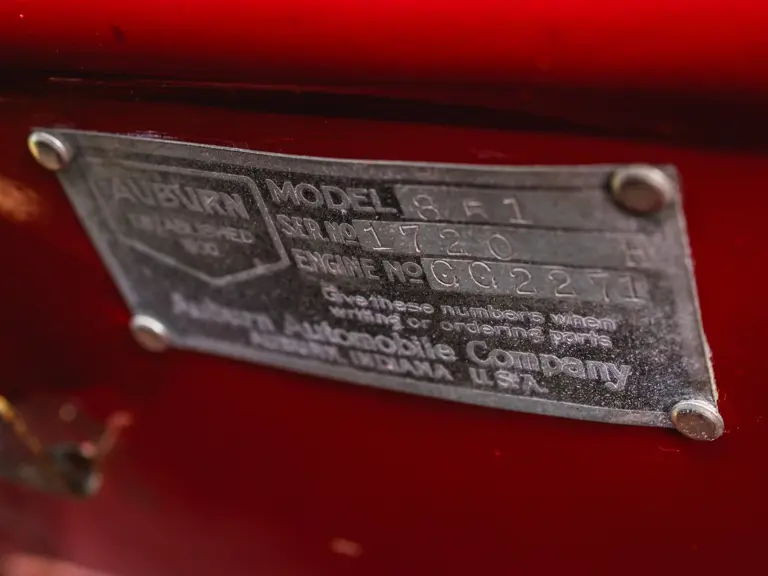

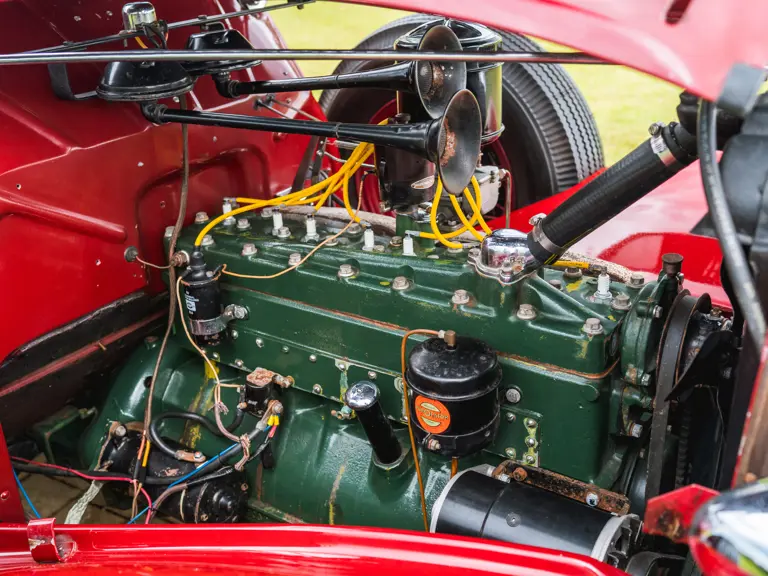


 | Hershey, Pennsylvania
| Hershey, Pennsylvania


